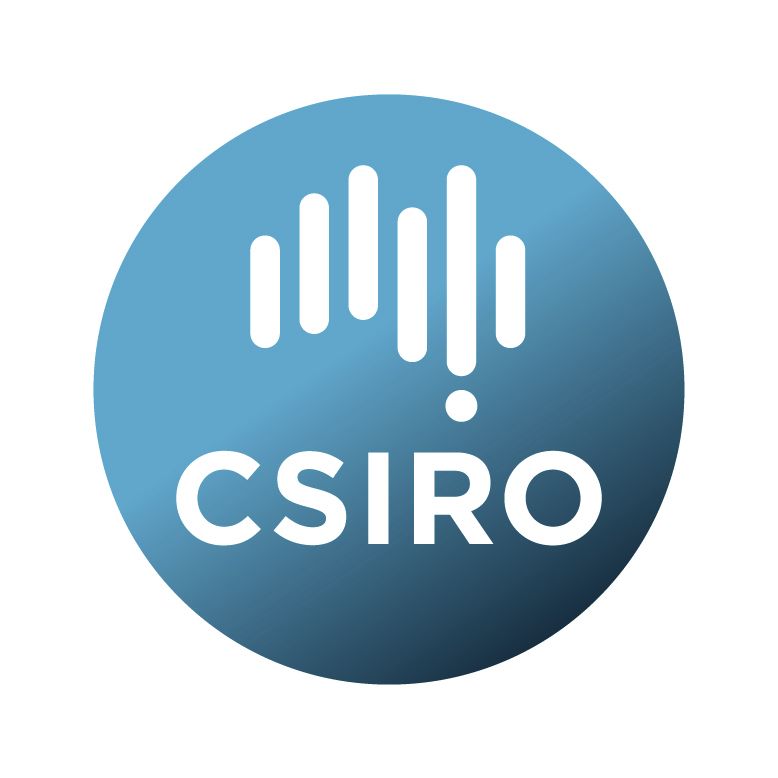Brief description
The data and files in these directories underpin inland flyway analyses of Australia waterbird species. The goal is to understand the habitat use of a species across its life cycle is essential for effective management.Many waterbirds are highly mobile at range of spatial and temporal scales, which when using traditional methods such as on-ground surveys or leg-banding can make monitoring, quantifying, and predicting habitat use difficult.
In this analysis, we used a 7-year GPS satellite telemetry dataset of 141 individuals to: a) quantify habitat selection post-dispersal from breeding sites, and b) predict habitat availability, for straw-necked ibis (SNI) and royal spoonbill (RSB).
This research is led by CSIRO as part of the CEWH Monitoring, Evaluation and Research Program (Flow- MER). It builds on and incorporates satellite tracking of straw-necked ibis, Australian white ibis and royal spoonbills conducted by CSIRO between 2016–19 as part of the Environmental Water Knowledge and Research (EWKR) Waterbird Theme. The EWKR research identified a need for additional satellite tracking of species dependent on water to feed (such as spoonbills and egrets), not just to breed (such as ibis), and for tracking of the movements of birds from additional important sites across the Basin.
The data and code in this directory were used in the analyses described in the manuscript "Extensive tracking of nomadic waterbird movements reveals an inland flyway". The manuscript presents analyses of GPS satellite telemetry data tracking the movements of 73 straw-necked ibis (SNI) (Threskiornis spinicollis) and 42 royal spoonbills (RSB) (Platalea regia) over seven years. We used these data to identify long-distance movements and to demarcate and characterise movement routes. We used Hidden Markov Modelling (HMM) to identify movement classes from the prepared tracking data with the goal of separating long-distance flight movements from foraging/roosting movements. We used the ‘kernelUD’ function from the R package adehabitatHR to estimate the utilisation distribution for all individuals of each species using the kernel density estimation method (KED). For each species, we sampled the intersection of the KED50 with known important aggregate-breeding waterbird nesting sites. We then assessed the KED50 for each species against environmental covariates to identify habitat preferences during long-distance movements.
The kernels are intersected with publicly available remote sensing derived products. The MRVBF and elevation .tif files are not included but can be found at
MRVBF - https://data.csiro.au/collection/csiro:5681,
Elevation - https://data.gov.au/data/dataset/mcas-s-data-pack-update-2022
The rainfall map was created from monthly rainfall averaged over 2011-2020 and binned into deciles over the whole of Australia (Australian Gridded Climate Data; Evans et al. (2020)). Data were downloaded from https://geonetwork.nci.org.au/geonetwork/srv/eng/catalog.search#/metadata/f6475_9317_5747_6204. The summary file is available with the data pack at data_env/rainfall_avg_2011_2020_decile.tif
Lineage: Telemetry data were gathered from GPS transmitters deployed on straw-necked ibis (SNI) and royal spoonbill (RSB) at eight breeding sites between 2016 and 2023. Birds were captured either by hand, with leg-nooses, or by using a net launcher. We attached transmitters as a ‘backpack’ using harnesses made of Teflon ribbon or Spectra ribbon (Bally Ribbon MillsTM), fitted either as wing-loops with a join at the keel (SNI and some RSB), or as leg-loops (RSB). Harness design was based on designs used for other species modified and improved over time. Transmitters weighed 12–40 g, ranging from < 1% to 5% of bird bodyweight. We used solar-powered GPS transmitters with a fix resolution of 15–26 m and fix frequency ranging from one minute to 6 hours (depending on transmitter type and programmed duty cycle). Data were transmitted via either the Argos satellite network (for Geotrak units) or the 3G network (for Ornitela and Druid units). We considered duty cycle in analyses, with interpolation or down-scaling applied when appropriate.
To ensure that results reflected longer-term non-breeding movements, we limited our analysis to birds for which > 30 d of data were available after the date at which they dispersed from the breeding site where they were captured. Data for nesting adults and for adults and juveniles still within breeding sites after capture but before dispersal were removed from the dataset. Please see README and paper in Ecology and Evolution for extra details on the data processing.
Available: 2024-12-09
Data time period: 2016-10-01 to 2024-02-28
Subjects
Biological Sciences |
Conservation management |
Ecology |
Environmental water |
Flyway |
Foraging |
Freshwater Ecology |
Nomadic |
Satellite telemetry |
Waterbirds |
User Contributed Tags
Login to tag this record with meaningful keywords to make it easier to discover


